Here’s what the Epistolary poetry form is:
An epistle or epistolary poetry is a letter in either poem or prose form.
These literary letters are addressed to a particular person or group.
This poem type dates back to as far as the Roman empire.
From letters written during that era, it was further developed and popularized by the great Roman poets, Horace and Ovid.
So if you want to learn all about the Epistolary poetry types, then you’ve come to the right place.
Keep reading!
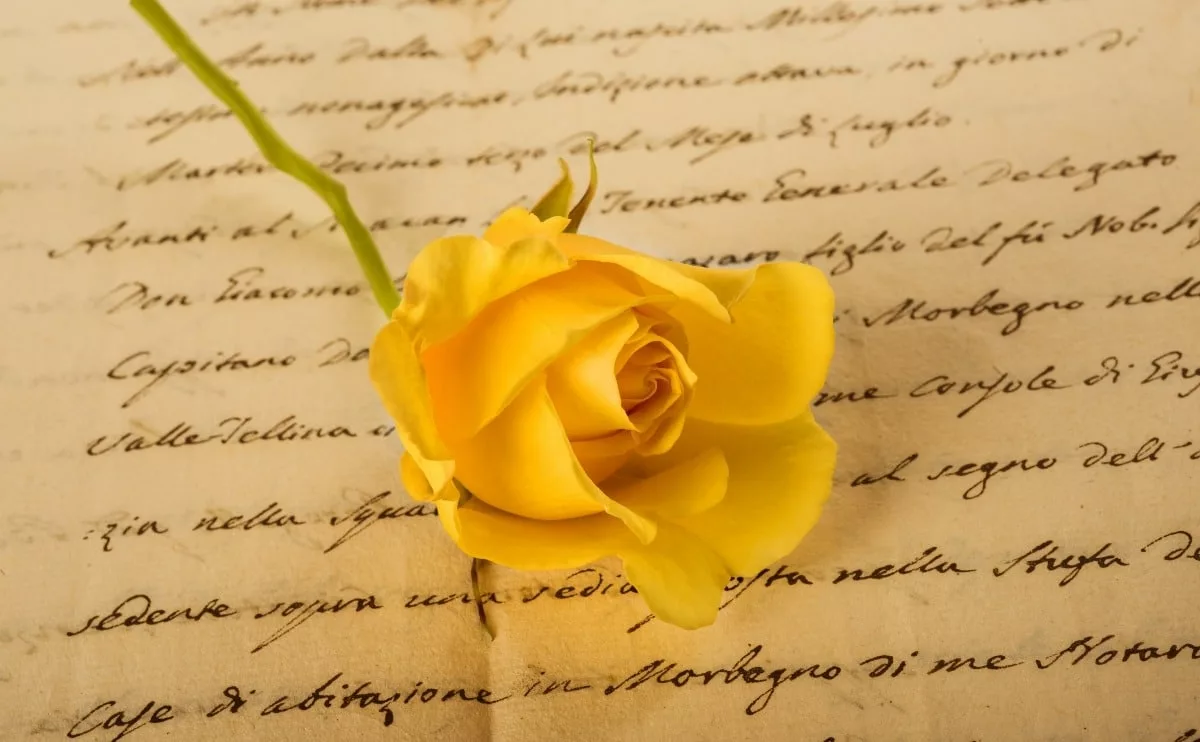
Forms of Poetry: Epistolary Poem
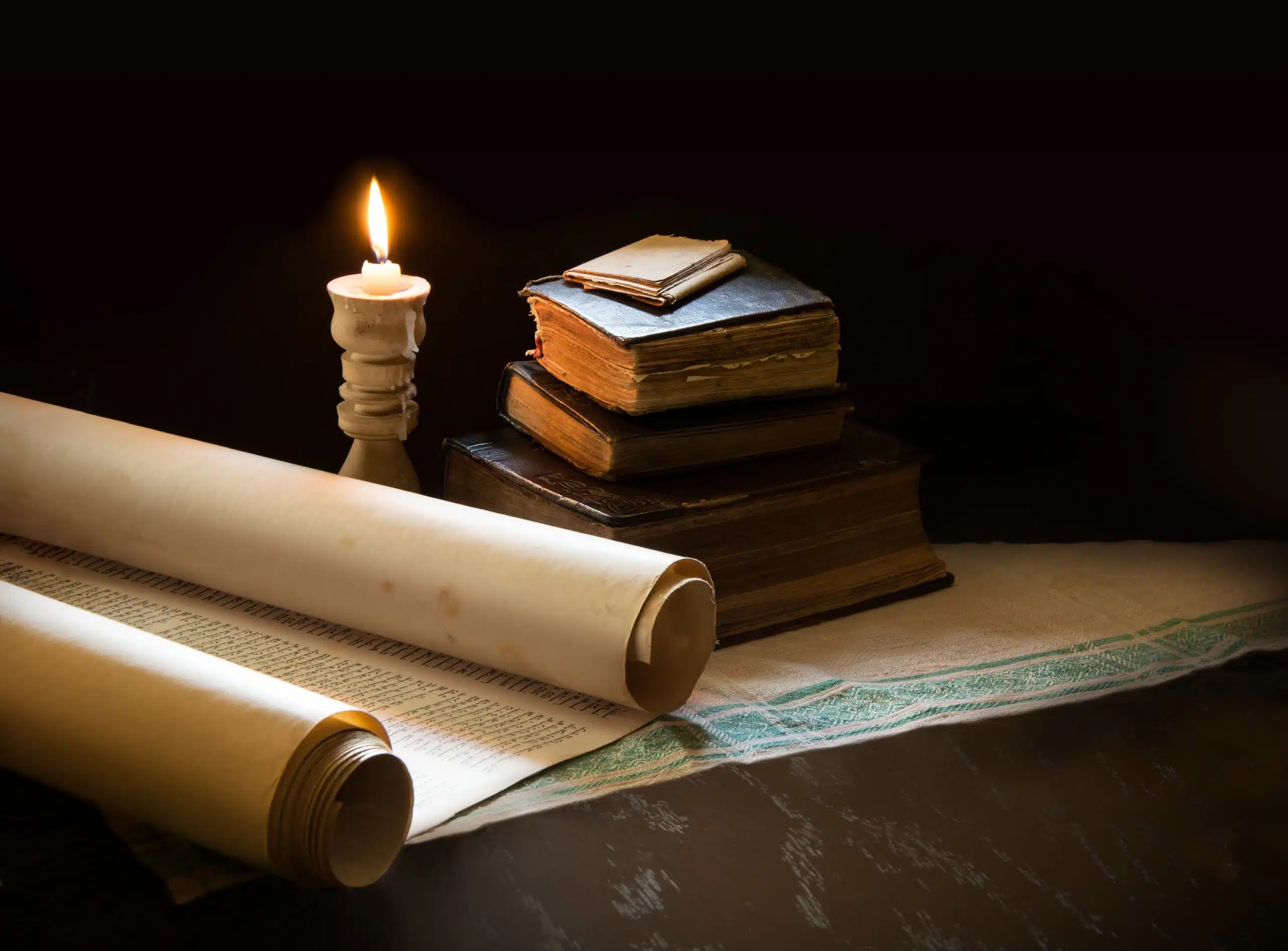
Epistolary poems are a bit unique in that they’re not so much a genre or form as they are a format.
Since ancient times, writers have loved combining various forms of literature in any way they see fit.
One of the results of these combinations is the epistolary poem: A work that functions as both a poem and a letter.
Basic Properties of Epistolary Poems
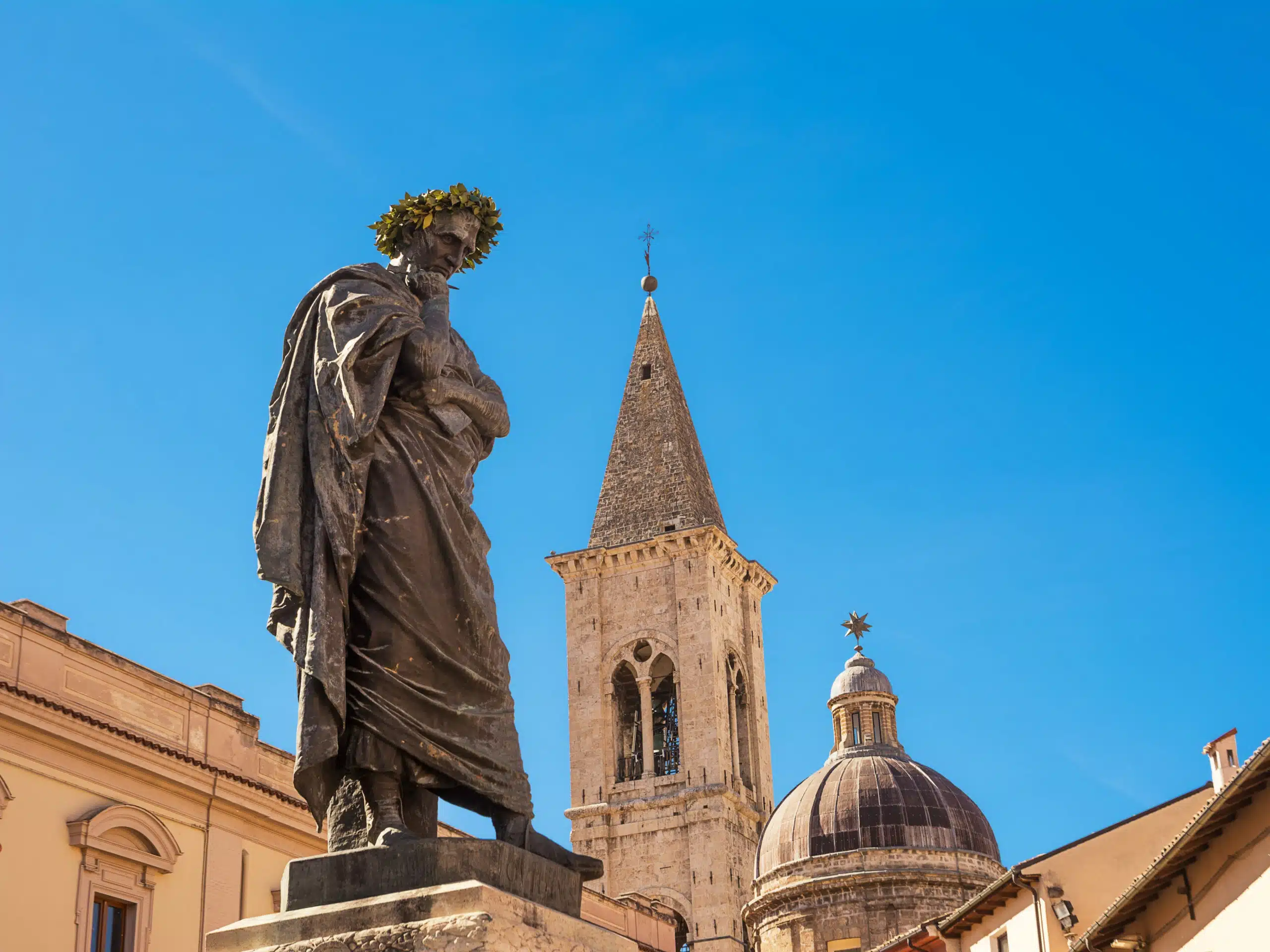
| Rhyme Structure | Optional |
| Meter | Optional |
| Origin | The writings of Ovid, possibly earlier |
| Popularity | Mostly a casual form; rarely used commercially |
| Theme | Typically personal and intimate messages but the actual topic can vary wildly |
How Are Epistolary Poems Structured?
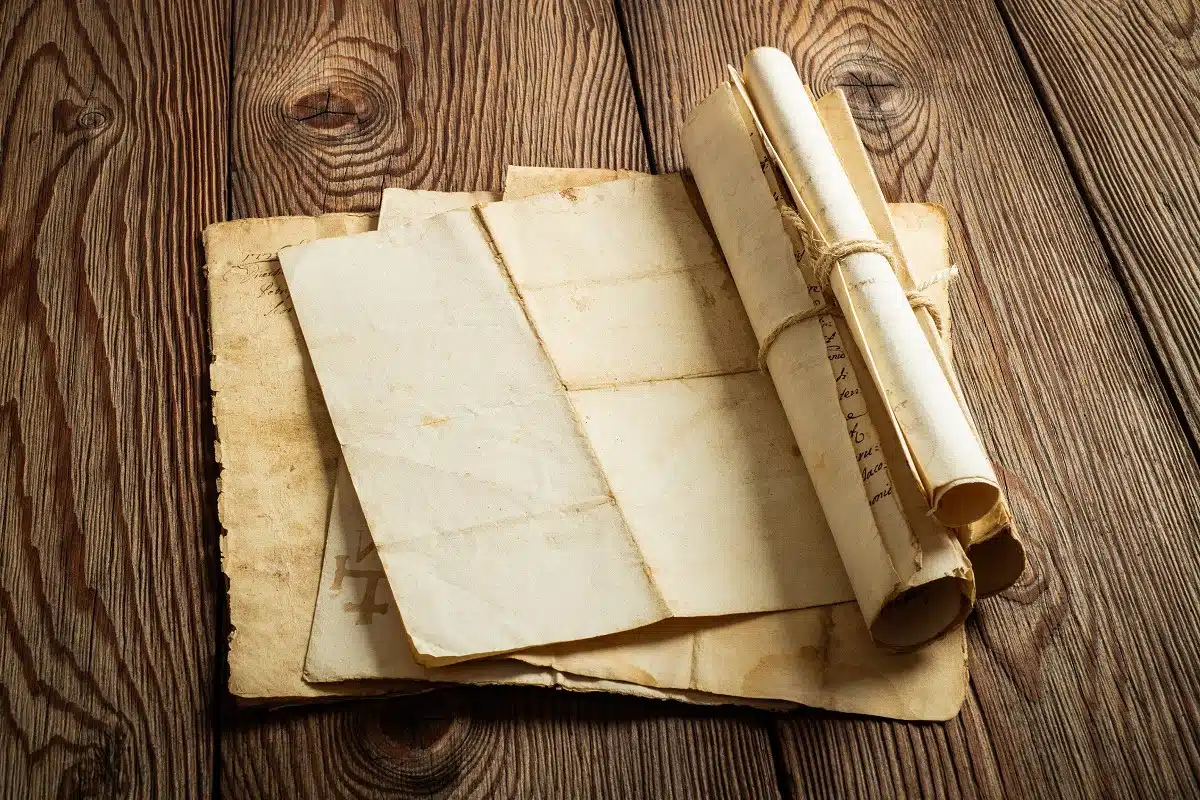
Epistolary poems are a bit strange in that they have no predefined structure despite there being some templates available.
Heroic couplets have been a popular trend, perhaps inspired by the works of Roman poets like Ovid, but an epistolary poem can be written completely in free verse as long as the contents are understandable.
The important thing is that the poem must be entirely recognizable as an epistle (a letter).
It does not necessarily need to have a clear addressee and sender, but it should be obvious from the contents that it is intended to be from one specific person to another, even if neither is named.
An epistolary poem might be a poem written from one fictional character to another, a love poem that opens with traditional salutations, a poem sent to a friend with a signature at the bottom, or even a religious poem addressed to the heavens.
The most immediately recognizable epistolary poems are, of course, the ones that use the structure of a letter to make their purpose immediately apparent, such as:
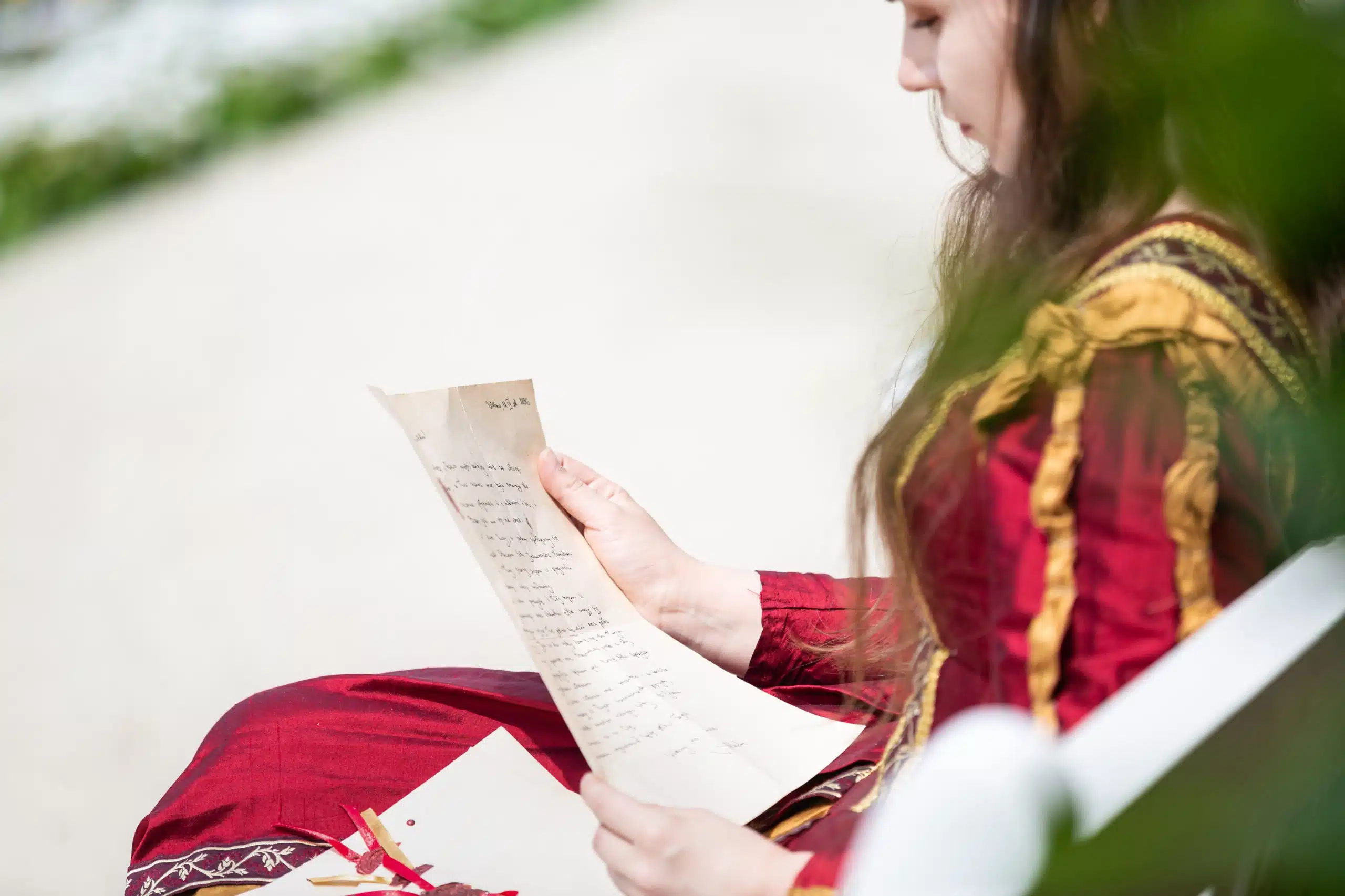
Dear Marianne,
I did so love you once, long ago,
and I felt that you should know.
Back when our burdens were still light,
I did so dream of you at night.
But our time has passed since then,
and I fear I can never love again.
From Paul
The above poem, while simple, is an example of an epistolary poem.
While this poem does utilize couplets, the standards of the form have not been complicated by considerations for form, meter, or rhyme scheme.
It is essentially the purpose of the poem that defines it as an epistolary poem, rather than anything else.
History of Epistolary Poems
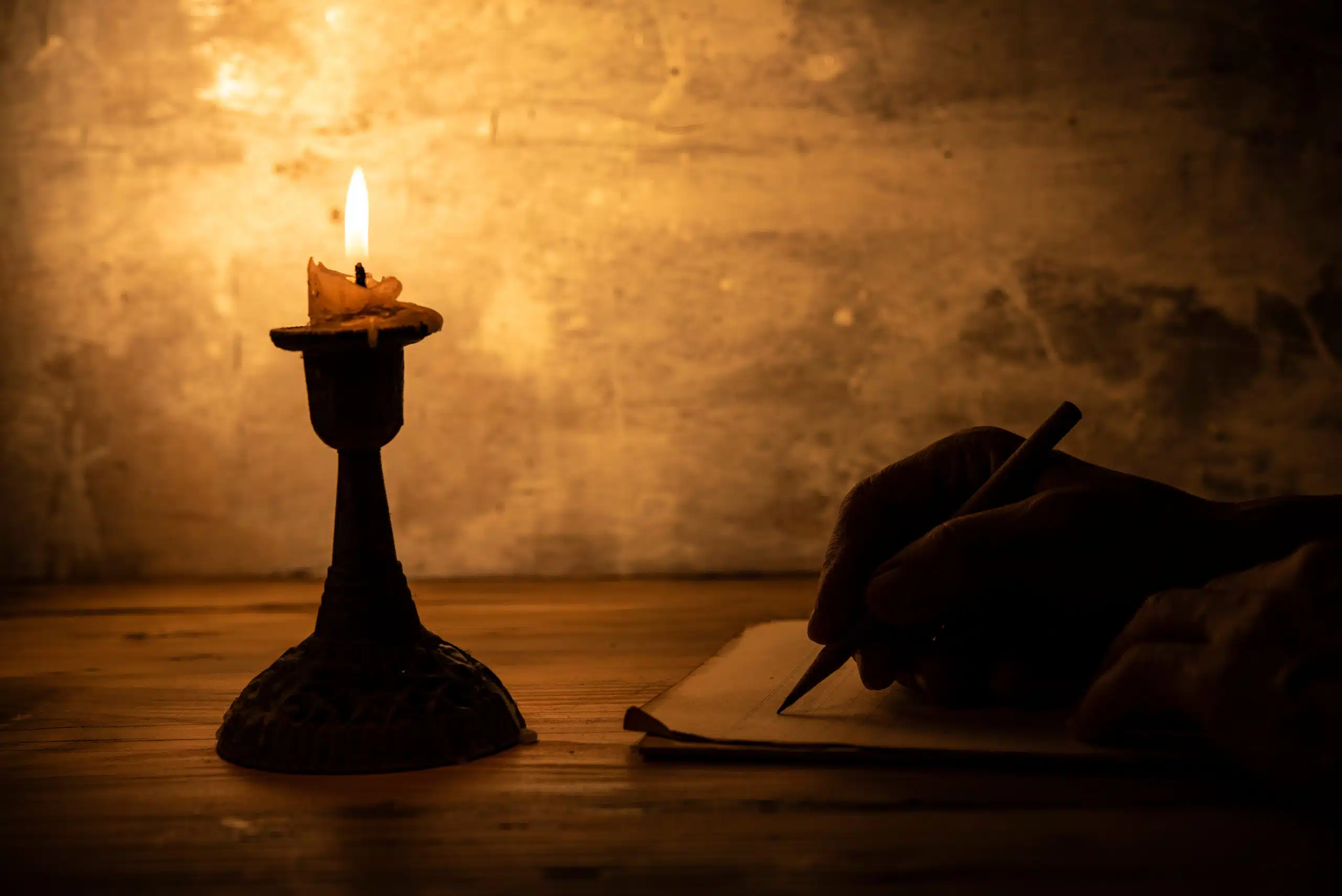
The oldest epistolary poems that we have on record are the Epistulae Heroidum (Letters of Heroines) by Ovid.
This was a set of fifteen poems from the perspectives of various heroines of Greek and Roman mythology, written to the lovers who had mistreated them.
Ovid eventually added to this collection with a follow-up, which features paired letters from heroic lovers to their beloved, and the responses.
The heroes featured range from Odysseus to Theseus to Jason, with some heroes receiving multiple letters due to their ‘heroic’ tendency to abandon the women of their lives for adventure only to fall in love with another woman elsewhere.
Ironically, these poems were held to be some of Ovid’s least impressive works for most of history until their historical significance was reexamined in the 20th century.
There is some debate about where exactly they fall on the timeline, with some putting them as early as the middle of the 1st century BC and others arguing that they were a good quarter of a century into the 1st century AD.
While Ovid’s poems did have their own place in history, it was Horace whose epistles had the most influence over the form as we see it today.
Horace utilized the familiar space of a letter to address ambiguous moral constructs in meaningful ways and it was this school of thought that led to some of the most important epistles ever written.
Among these were the works of Alexander Pope in the early 18th century, including the Epistle to Dr. Arbuthnot, a poem written to his friend after learning that he had a terminal illness, which he described as a “memorial” to their friendship.
Tips for Writing Epistolary Poems
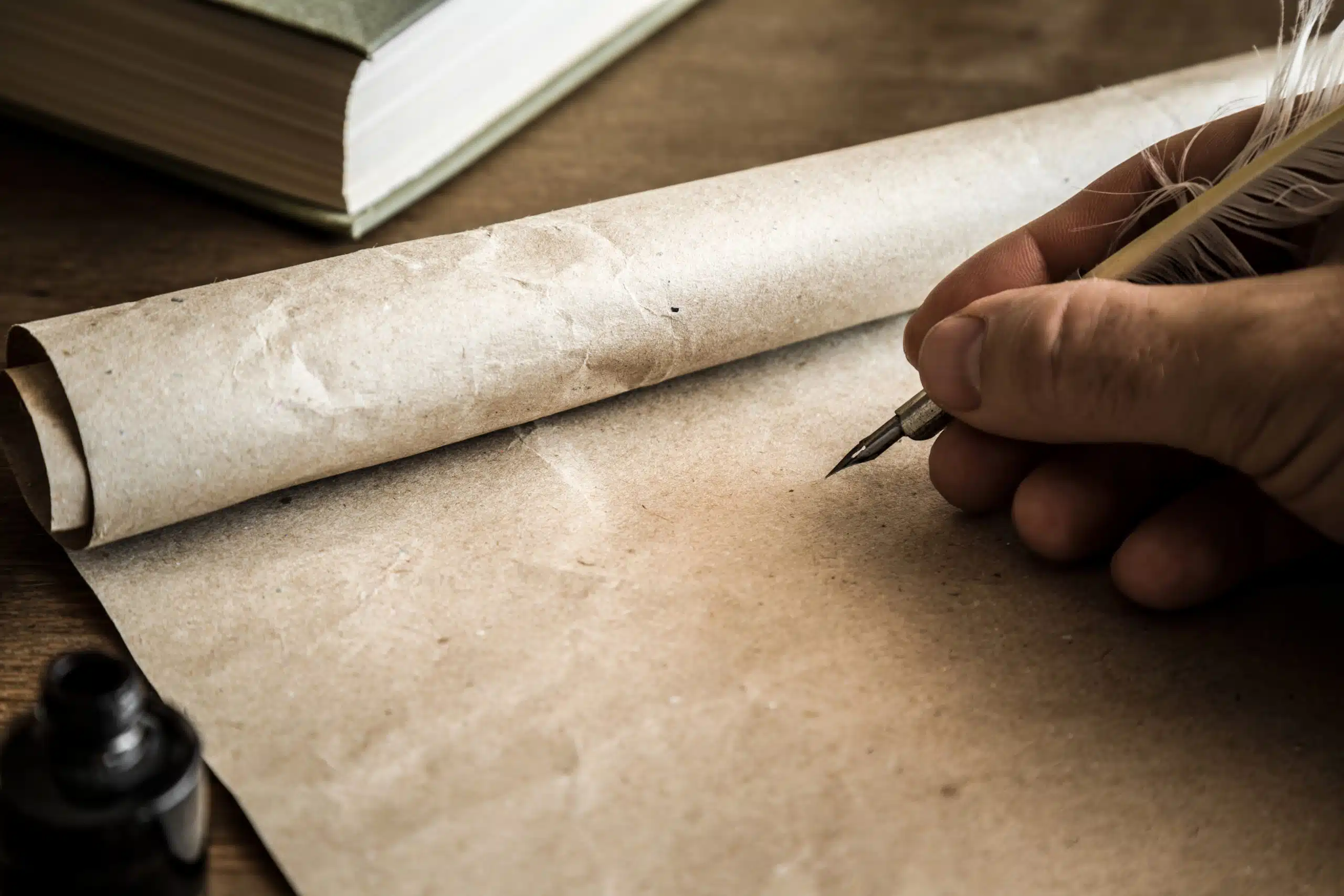
First and foremost, remember that an epistolary poem is an epistle before it is a poem.
The poem should reflect the manner of speech in which the speaker would actually address the subject and should feel intimate and personal.
The goal is not to appeal to the wider audience but specifically to the recipient of the poem, even if they are fictional characters.
If the poem is intended to be a private poem from you to a loved one, then this is of course very easy.
You need only write the poem so that it reflects the relationship between you and the recipient, without shying away from in-jokes or personal references since the poem is ultimately meant for them.
Where this advice gets complicated is in epistles that are written from a perspective that is not your own.
How would you write a letter from Huckleberry Finn to Tom Sawyer (as a random example) so that it sounds entirely believable and what is the appeal of doing so?
First, prioritize the speaker.
If the speaker is known to have certain habits in the way they speak or to utilize a specific dialect, use that to your advantage.
Take note that the side you write from is also important in terms of tone.
A letter from Shakespeare’s Antony to Cleopatra would probably be very different from a letter that was written by Cleopatra and for Antony.
Make sure the poem reflects the unique character of the speaker and how they would engage with the recipient, rather than the other way around.
Additionally, if it’s meant to be a letter for publication or to share with others, try to include references that will make the reader feel special.
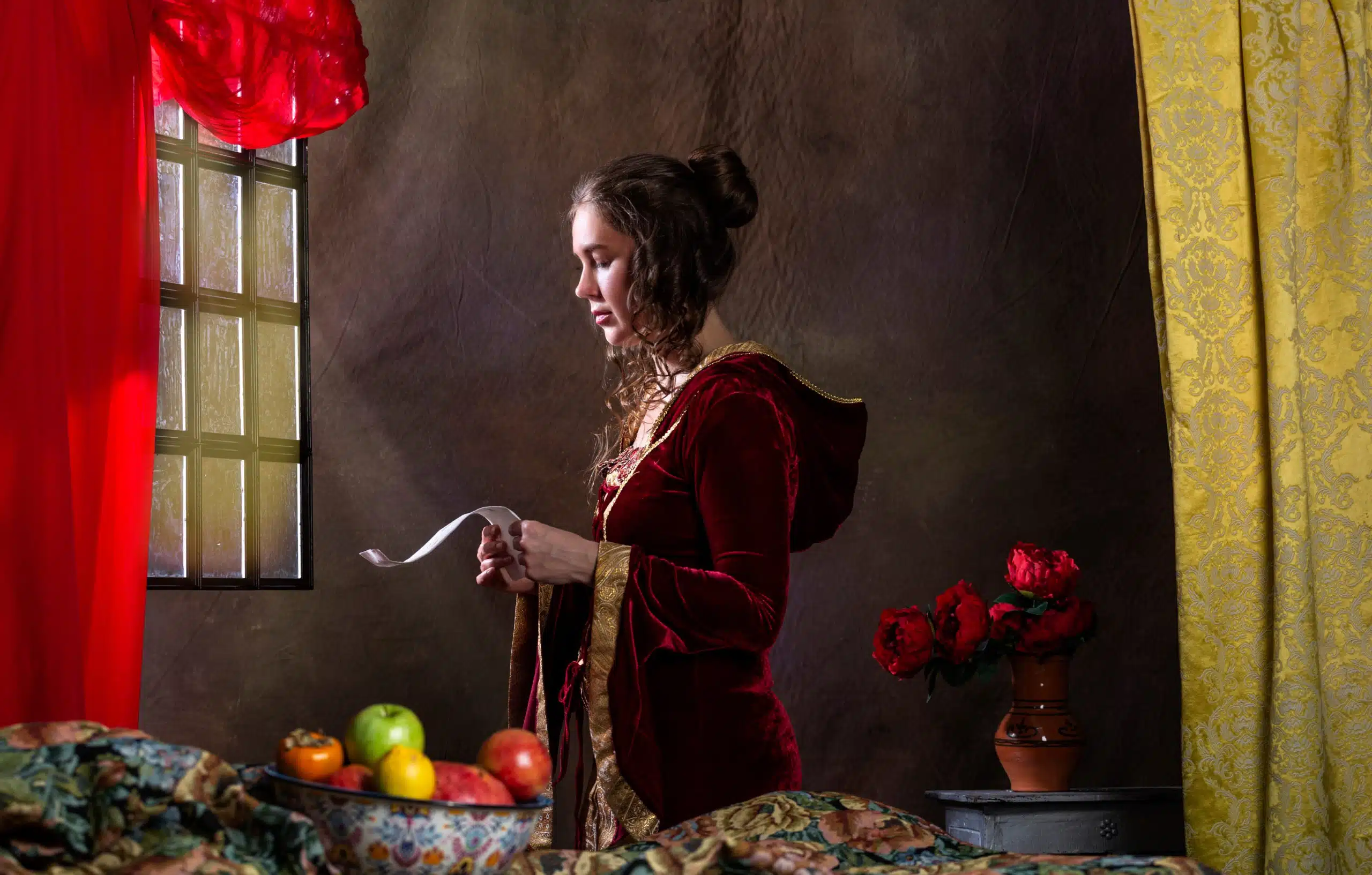
A letter that is written from the perspective of Edgar Allan Poe to his wife Virginia after her passing should naturally be suitably morbid and verbose, but nods to his own works would be clever additions.
Imagine if, for example, he hears a tapping on the window halfway through the letter and complains about it.
This would be an obvious nod to The Raven for fans of his work.
Part of the fun of reading an epistolary poem is the feeling that you’re eavesdropping or that you are intruding on the personal lives of the sender and recipient in some way.
It can be a way to explore new sides of old characters or a commentary on their relationships.
Above all else, an epistolary poem is a place to indulge yourself as a poet.
Just have fun with it.
Epistolary poems are meant to be personal, sincere, and entertaining. Just like normal letters, they exist to connect people.
Enjoy the moment, write what you feel, and see what comes of it.
Poet’s Note

Take a moment to appreciate that many of the famous epistolary poems from history were meant to be intimate and private moments between the sender and the recipient.
Not all of them, but still. Imagine someone reading a love poem you wrote to your first crush in middle school a few centuries from now and declaring it ‘historically significant.’ Creepy.
Comprehensive Collection of Poetry Forms: Craft Words Into Art

Dare to traverse the entire spectrum of poetic forms, from the commonplace to the extraordinary?
Venture from the quintessential Sonnet to the elusive Mistress Bradstreet stanza, right through to the daunting complexity of Cro Cumaisc Etir Casbairdni Ocus Lethrannaigecht.
For those with a zeal to encounter the full breadth of poetry’s forms, this invitation is yours.
Start exploring the vast universe of poetic ingenuity with our comprehensive array of poetry forms right now!
